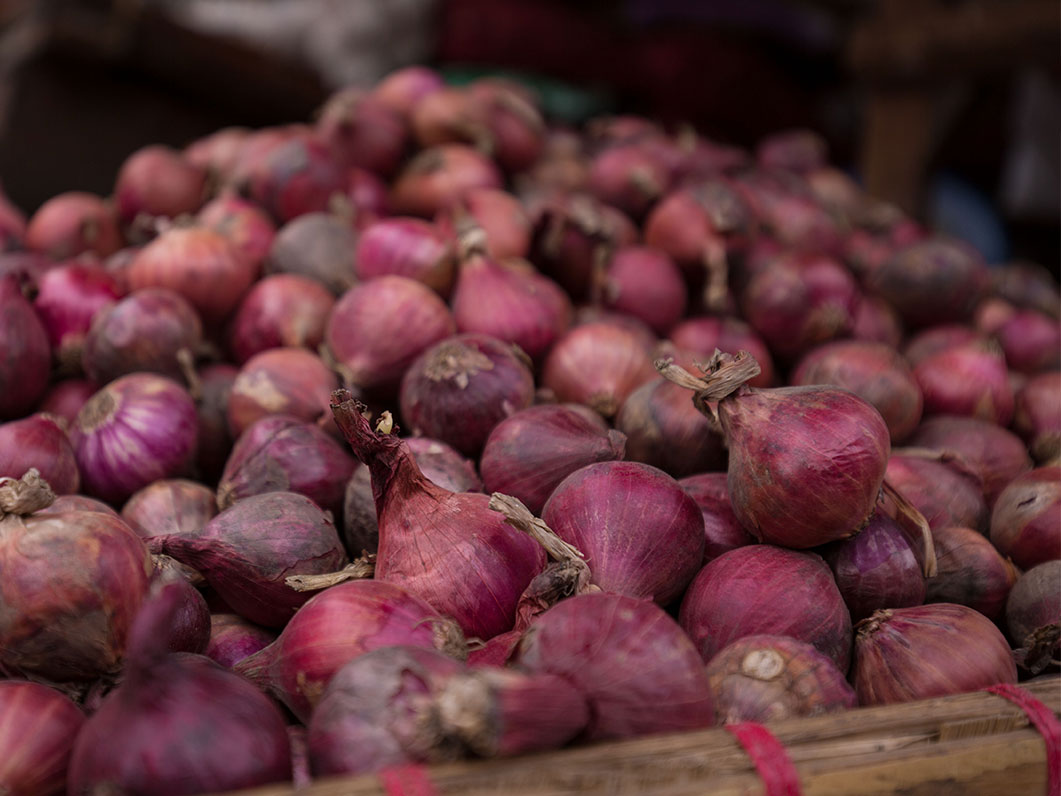With global food prices continuing to hit new heights, it’s no surprise that basic staples are seeing upticks along with “luxuries” such as prime cuts of meat and even eggs.
And consumers in the Philippines, where onions average a monthly demand of 17,000 metric tons, are now contending with a shortage in the domestic supply and costs upwards of $5/pound. Importing onions until the country’s new crop comes on in February has been discussed, and earlier this month the Philippine Department of Agriculture approved a plan to bring in some 21,060 metric tons of onions, the equivalent of 23,215 U.S. tons, to lessen the shortage and reduce prices.
What’s brought on this situation? Two recent news stories, one published Jan. 9 at https://time.com/6245568/philippines-onions-shortage-inflation/ and the other published Jan. 12 at https://www.npr.org/2023/01/11/1141520962/onions-now-cost-more-than-meat-in-the-philippines, both cite climate change, inflation, supply chain issues and even government control as factors in the price surge.
The Jan. 9 price on red and white onions had hit nearly $5/ pound, “about three times as expensive as chicken and 25 percent to 50 percent more expensive than pork or beef,” the Time story said “The cost of a kilogram of onions is greater than the minimum wage for a day’s work in the Philippines,” it added.
Part of the price surge results “from forces beyond individual control. Global inflation—due to a multiplicity of causes including the Russia-Ukraine war, supply chain snags, and extreme weather events—is putting a strain on food prices everywhere,” it continued.
Also, inflation in the Philippines hit a 14-year-high in December, “with onion making up 0.3 percentage points of the 8.1 percent uptick in consumer prices,” according to Time figures from a national statistician.
The story went on to say the Philippine’s ag department failed to “make accurate supply projections despite warnings last year,” stating, “Agriculture officials forecast possible shortages of onion and garlic as early as August, when the local red onion variety only cost at most 140 pesos ($2.54). However, the department resisted importations, insisting that existing supply would be sufficient, even as Philippine farmers warned consumption was expected to rise during the holidays.”
It said, “Agriculture officials suspect other local crises, such as internal price manipulation, share responsibility for the skyrocketing onion prices, too,” and a Time source said in December that “agriculture department believes a criminal syndicate hoarded onion supply, and an investigation is underway.”
Onion smuggling has also been reported, and in December “customs authorities intercepted an estimated $362,000 worth of smuggled red onions from China concealed by boxes of bread and pastry products and another $309,000 worth of smuggled white onions in containers supposedly containing garments.”
And, Time concluded, “The Philippines also recently came to a bilateral agreement with China to increase agriculture and trade cooperation. It’s unclear if onion imports will be part of such cooperation.”
NPR’s story, which was updated on Jan. 12, said a pound of red onions costs more than a pound of beef rump or a whole chicken.
“Onion prices in the Philippines have been far above the world average since the fall,” NPR said, adding, “Last Friday, the Department of Agriculture approved a plan to import 21,060 metric tons of onions – equivalent to 23,215 U.S. tons – to address the national onion shortage and pull prices down.”
NPR said imported yellow and red onions “are set to arrive on or before Jan. 27, according to Department of Agriculture deputy spokesman Rex Estoperez.” Estoperez called the measure a “temporary solution,” and the story said, “For the Philippines, which consumes around 17,000 metric tons of onions a month, importing onions is not anything new. It typically buys from China and other Southeast Asian countries.
But there are worries that importing onions will affect local onion growers as they prepare for harvest, which typically begins in February and lasts till April…”
NPR also quoted Philippines President Ferdinand Marcos Jr., who said that climate change plays a major part in the shortage. “`Developing countries are more vulnerable, lose more when these climate shocks hit, and have fewer resources to cope with the adverse effects of these shocks,’” Marcos said at a November summit of the Association of Southeast Asian Nations.


